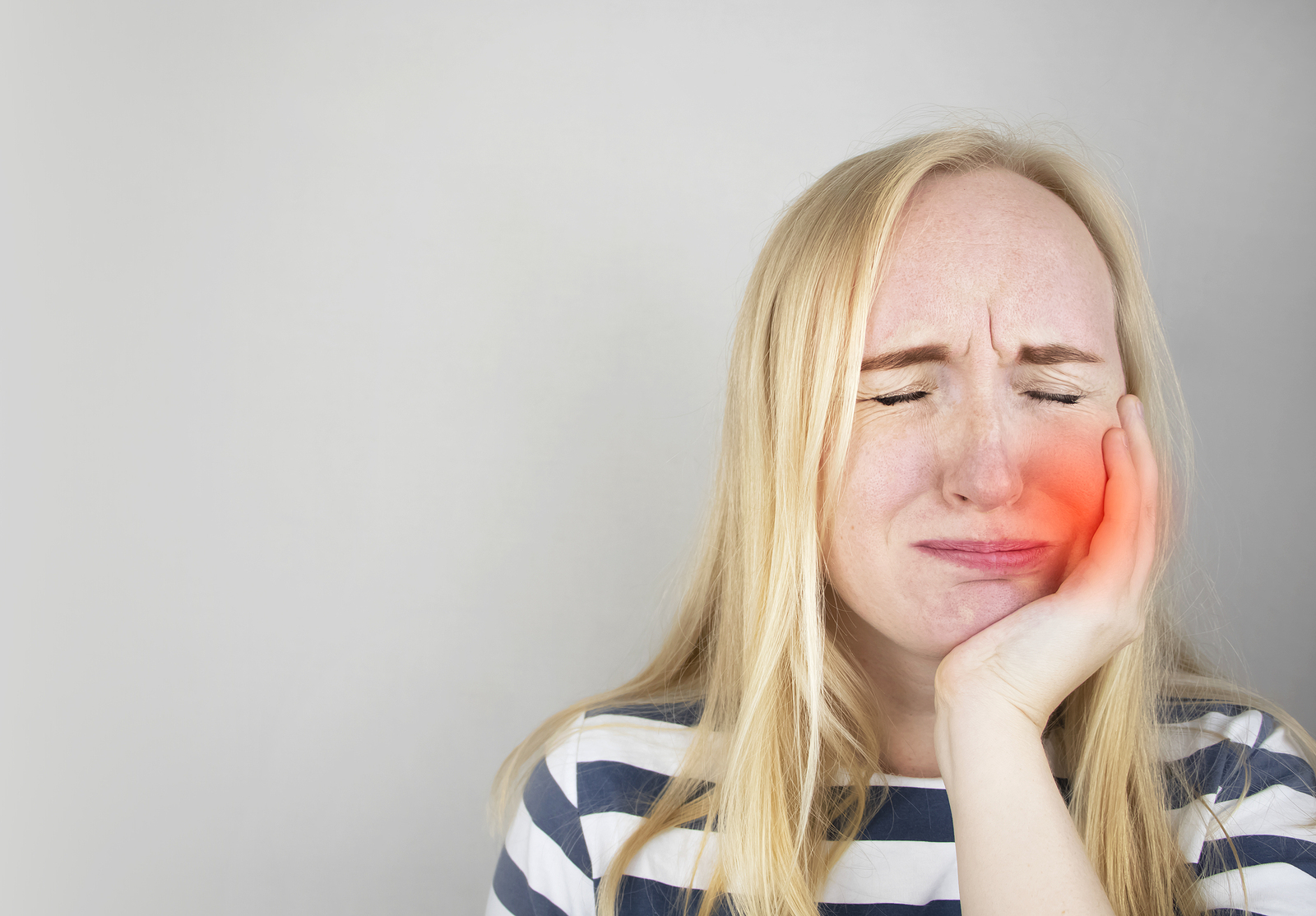1209 Dundee Avenue Elgin, IL 60120
Tooth Pain After Filling: Common Causes and Treatments

Understanding and Managing Tooth Pain After a Filling
You’ve just left the dentist’s office after getting a cavity filled, expecting relief. But then, a twinge of discomfort sets in. If you’re experiencing tooth pain after filling, you’re not alone. This is a relatively common occurrence, and in most cases, it’s a normal part of the healing process. While your Smiles of Elgin team ensures every procedure is as comfortable as possible, it’s helpful to understand why this sensitivity happens and when it might signal something that needs further attention. This article will guide you through the common causes of post-filling sensitivity and what you can do about it.
Why You Might Experience Tooth Pain After a Filling
A dental filling is a procedure that involves removing decay and restoring the tooth’s structure. This process can temporarily irritate the sensitive inner parts of your tooth, known as the pulp, which contains nerves. Think of it like a minor bruise; the area needs a little time to settle down. Several factors can contribute to this temporary sensitivity.
Common Causes for Tooth Pain After Filling
1. The Tooth’s Natural Response: The process of drilling, even when minimally invasive, can cause inflammation in the tooth’s pulp. This is often the primary reason for that generalized sensitivity to hot, cold, or pressure. This type of discomfort typically subsides on its own within a few days to a couple of weeks.
2. An Improper Bite (High Filling): Sometimes, a filling can be shaped just a little too high, meaning it makes contact first when you bite down. This places excessive pressure on that single tooth, leading to a sharp, noticeable pain with every bite. This is a simple fix that requires a quick visit to your dentist to adjust the filling’s height.
3. Referred Pain: The pain you feel might not always be in the exact tooth that was filled. It’s possible to feel sensitivity in surrounding teeth, which is known as referred pain. This usually resolves as the primary tooth heals.
Different Types of Discomfort and What They Mean
Not all tooth pain after filling feels the same. Paying attention to the specific sensation can help you and your dentist understand the cause.
Sensitivity to Sweet, Hot, or Cold: This is the most common type. It’s usually a quick, sharp zing that fades quickly. It often indicates that the pulp is slightly inflamed but healthy, and it should gradually improve.
Pain When You Bite Down: If you feel a sharp pain only when your teeth come together, it could point to a high filling that needs adjustment.
Aching or Throbbing Pain: A constant, dull ache or a throbbing sensation that doesn’t seem to go away could be a sign of a more serious issue, such as pulpitis that may require further treatment.
When to Contact Your Dentist About Your Symptoms
While some sensitivity is normal, certain signs indicate you should give your dental office a call. It’s always better to be safe and have a professional assess the situation. You should contact your dentist if your tooth pain after filling:
Gets worse instead of better after two to three weeks.
Is severe and not relieved by over-the-counter pain relievers.
Is a sharp, shooting pain that occurs spontaneously, without any trigger like eating or drinking.
Is accompanied by signs of infection, such as swelling in your gums, face, or jaw, or if you develop a fever.
You notice a visible crack in the tooth or the filling itself.
Soothing Strategies for Tooth Pain After Filling
In the meantime, while your mouth is healing, there are several things you can do at home to manage the sensitivity and make yourself more comfortable.
1. Choose Your Foods Wisely: Stick to soft foods and avoid very hot or cold beverages for the first few days. Try to chew on the opposite side of your mouth from the new filling.
2. Practice Gentle Oral Hygiene: Continue to brush and floss, but be extra gentle around the sensitive tooth. Using a soft-bristled toothbrush and a toothpaste designed for sensitive teeth can provide significant relief.
3. Rinse with Warm Salt Water: Dissolving a teaspoon of salt in a glass of warm water and swishing it gently around your mouth can reduce inflammation and soothe irritated gums. Do this a few times a day, especially after eating.
4. Over-the-Counter Pain Relief: Non-prescription anti-inflammatory medications like ibuprofen can help manage pain and reduce inflammation. Always follow the dosage instructions on the label.
Long-Term Outlook and Prevention
For the vast majority of patients, post-filling sensitivity is a temporary hurdle. Your tooth is simply readjusting to its new, healthy state. The best way to avoid future fillings and the associated sensitivity is through a robust preventive care routine. This includes brushing twice daily with fluoride toothpaste, flossing every day, limiting sugary snacks and drinks, and attending your regular dental check-ups and cleanings.
We hope this guide has helped demystify why you might feel some tooth pain after filling. Remember, our goal is your long-term oral health and a comfortable, confident smile. If you have any concerns at all during your healing process, we are just a phone call away.
If you are experiencing any of these symptoms, please don’t hesitate to reach out to us. Our team at Smiles of Elgin is here to help. You can schedule an appointment by visiting our website at – smilesofelgin.com or
by calling us at- 847-695-3368.
Office Hours
| Monday | 10:00 to 6:00 |
| Tuesday | 10:00 to 6:00 |
| Wednesday | 11:00 to 8:00 |
| Thursday | 10:00 to 6:00 |
| Friday | 10:00 to 6:00 |
| Saturday | 8:00 to 3:00 |
| Sunday | Appointment only |




Recent Comments